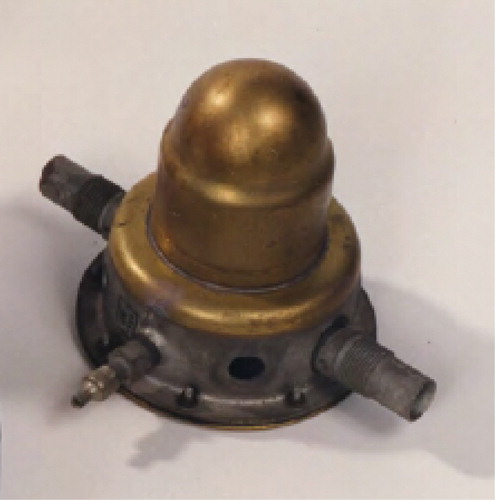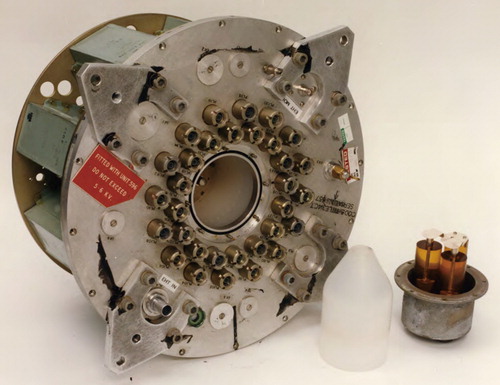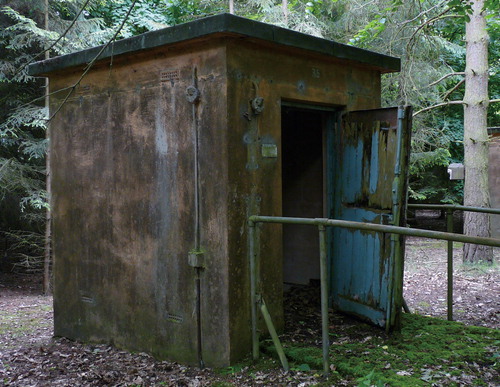Figures & data
FIGURE 1. Blue Danube, Britain’s first atomic bomb – shorter and fatter than a wartime Grand Slam.
© Crown copyright 2013, with permission
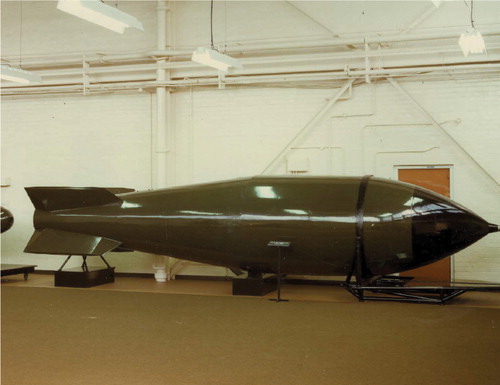
FIGURE 2. An early general arrangement drawing from ARL at Farnborough supplied to Vickers at Weybridge to help with design of the Valiant. The lifting lug and finger chopper plate for in-flight loading have been omitted for clarity.
RAF Museum Hendon
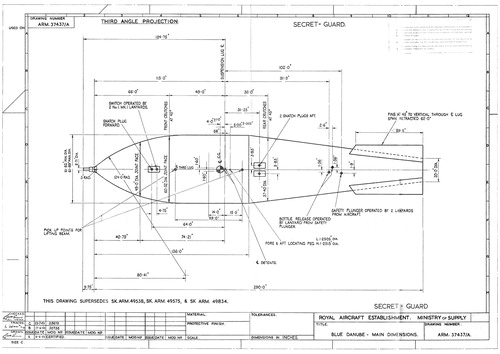
FIGURE 4. The Blue Danube development team at ARL Farnborough and ,‘Russian Spy’ around 1953. The interloper - Ivan - was smuggled in to the picture by Pete Barker. The picture shows the police and the RAF officers seconded to the development team as well as all the development personnel. The picture includes Sid Hunwicks, Reg Milne, John Allen. At the time of this photo by E. P. ‘Gred’ Greddington (top right) this was one of the most secret places in the world.
© RAE
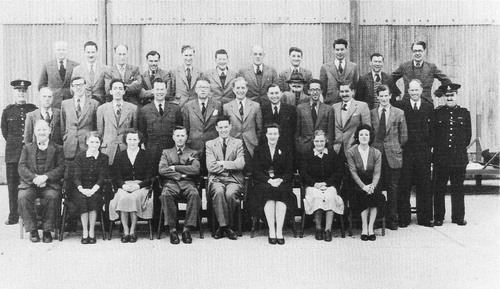
FIGURE 5. A mock-up of the physics package at ARL, Farnborough shows the plates covering the air bags surrounding the outer explosive shell, the detonators distributed evenly over the surface and a handling frame which supported the package. Reg Milne is the young man on the right.
© RAE

FIGURE 6. The ground proximity fuze (W/R fuze) supplied by two different manufacturers to ensure secrecy. They were criticized for being unduly complex, but radar was an heroic technology after World War II.
Crown copyright 2013, with permission
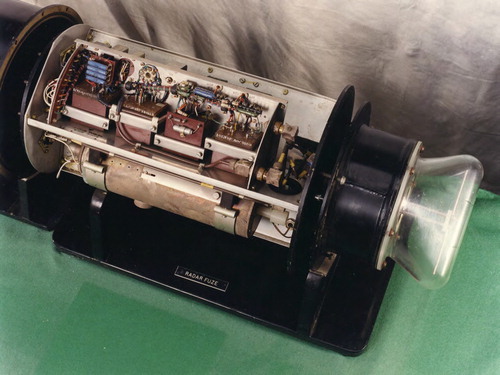
FIGURE 7. The clockwork fuze. Delivery problems with the clockwork jeopardized Britain’s strategic deterrent. Shortcomings in the cocking mechanism that wound the fuze led to premature detonation, a problem resolved with extra washers to eliminate asymmetry in the winding plunger.
Crown copyright 2013, with permission
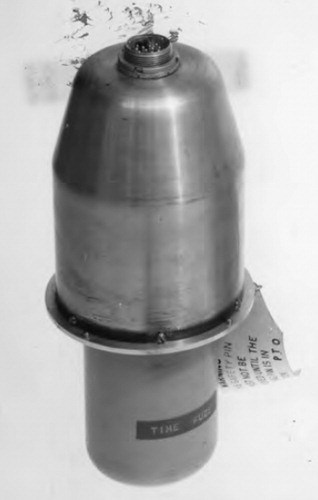
FIGURE 8. Bridge wire detonators assembled by banks of women at Woolwich. They were ‘potted’ in a material akin to plaster of Paris.
Crown copyright 2013, with permission
